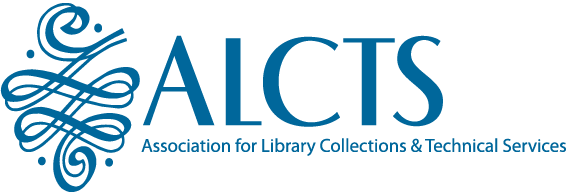The Dissemination of Preservation Information in the Republic of South Africa
Kate Murray
The Republic of South Africa has a modest but established preservation community within its sizable library and archive sectors. Because limited professional education and training opportunities are available within the country, many information professionals heavily rely on other means outside the traditional classroom environment to get information about preservation developments and activities. This article explores the distribution methods and associated challenges surrounding the dissemination of preservation information in South Africa.
Looking for Someone Special: Special Collections Cataloging, 1980–2000 and Beyond
Beth M. Russell
The provision of access to materials in special collections intersects the fields of cataloging and special collections librarianship, sharing characteristics and challenges with both. In order to reveal the changing expectations regarding special collections cataloging professionals, the author examined job notices for positions advertised in C&RL News from 1980 to 2000. Three related hypotheses were tested in this study: fixed-term appointments would become more common; published requirements for consideration would be more rigorous; and positions would offer less relative compensation than in the past. These hypotheses were demonstrated to be untrue. In a larger context, the results of this study can be extrapolated to suggest means of improving education and training for professionals in special collections cataloging, highlighting the skills and abilities future employing institutions will be seeking.
Video Media Acquisitions in a College Library
William H. Walters
This article presents an introduction to the acquisition of video media (DVD and VHS) in academic libraries, with emphasis on the policies and procedures most appropriate for undergraduate colleges. The article discusses several issues—collection development, copyright, identification and evaluation of video titles, acquisitions procedures, budgets and expenditures, and vendor selection and performance—drawing on data and examples from the video media acquisitions program of St. Lawrence University. Although the goal of developing a permanent video collection is not always compatible with the day-to-day operation of an instructional audiovisual service, even small colleges can build collections of lasting value by developing and applying systematic guidelines for the selection and acquisition of video titles.
Proliferating Guidelines
A History and Analysis of the Cataloging of Electronic Resources
Amy K. Weiss
Cataloging rules for computer-based materials were first introduced in the 1970s, and since then have undergone almost continuous modification and revision. This article focuses on analysis and comparison of the various codes and guidelines for practice issued for what are now called electronic resources. Creation of new cataloging rules has been spurred by introduction of new physical carriers, the preeminence of materials accessed remotely versus those with physical carriers, the need for guidance in cataloging specific instances of computer-based materials, and the evolution of the theoretical concerns underlying the cataloging codes. Based on this history of constant change, it is easy to predict many more changes in the cataloging standards for computer-based materials in the future. However, continuous changes in the cataloging rules may have produced as much confusion as clarity for working catalogers. Caution should be exercised in the creation of new rules and standards for cataloging electronic resources, as it is possible that older rules and standards may, in fact, be readily adapted to new types of electronic resources.
U.S. Periodical Prices—2003
Brenda Dingley
Publication of the 2003 U. S. Periodical Price Index represents the forty-third annual study of this type sponsored by the Library Materials Price Index Committee (LMPIC) of the ALA’s Association for Library Collections and Technical Services (ALCTS). Previous editions of this study appeared in each April 15 issue of Library Journal (except for the 1985 edition, which appeared in the August issue) until 1993, when the study began appearing in the May issue of American Libraries. For the nineteenth consecutive year, the price index is based on subscription price information supplied by divine/Faxon Library Services. The annual study follows guidelines, definitions, and criteria established in the ANSI/NISO standard (Z39.20-1999) for library materials price indexes (National Information Standards Organization [NISO] 1999).
NOTES on Operations
Combining Traditional Journal Check-In and Claiming Activities with Electronic Journal Initiation and Maintenance Activities
Xiaoyin Zhang
